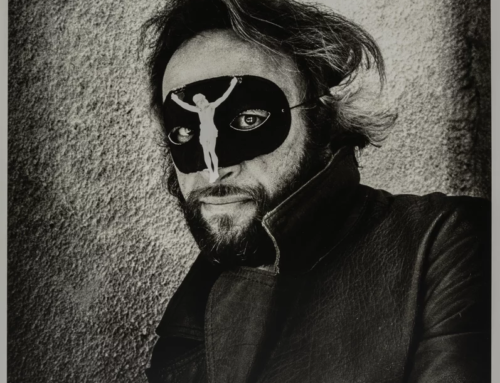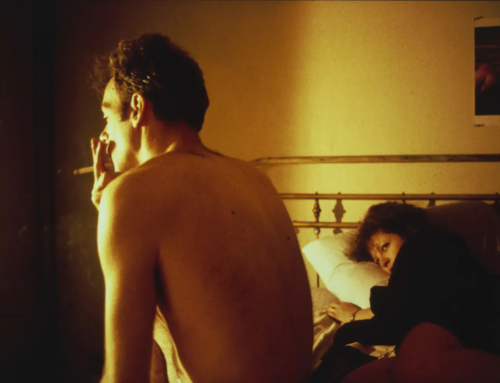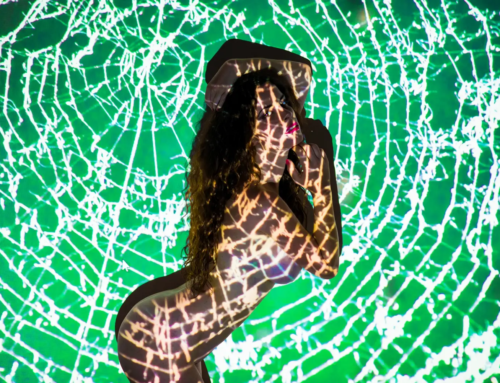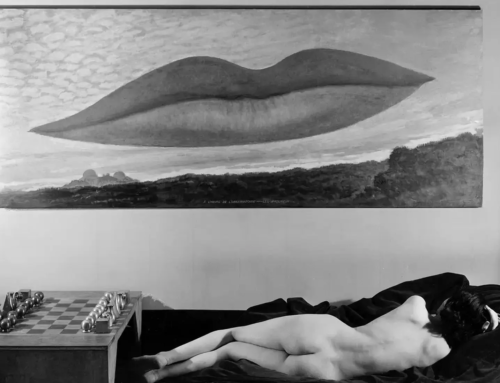The Pixelated Body: Nude Photography in the Digital Revolution (2000-Present)
The turn of the millennium didn’t just bring a new century; it brought a digital tidal wave that fundamentally reshaped nude art photography. More than just a technical upgrade from film, the digital revolution accelerated the entire lifecycle of an image—from creation and perfection in Photoshop to instant global distribution and debate on social media. This new era equipped artists with unprecedented creative tools while simultaneously presenting new challenges in censorship, privacy, and the very definition of authenticity.
The New Digital Toolkit
Digital Cameras and Post-Processing
The shift from film to digital gave photographers microscopic control over their images. High-resolution sensors captured every detail of the human form with crystalline clarity, creating an aesthetic of hyper-realism. In the digital darkroom, software like Adobe Photoshop and Lightroom became as essential as the camera itself. Non-destructive editing allowed for limitless experimentation, while advanced retouching offered the power to subtly enhance or completely transform the human body, blurring the line between photograph and digital painting.
Social Media and Online Platforms
The rise of platforms like Instagram, Behance, and Tumblr—and later, Patreon and OnlyFans—dismantled the traditional gallery system. Suddenly, artists could bypass gatekeepers and connect directly with a global audience. However, this came with a significant trade-off: navigating a complex web of content policies. The constant “cat and mouse game” with Instagram’s censorship algorithms led many artists to develop a new aesthetic of “creative censorship”—using strategic crops, digital stickers, or clever compositions to imply nudity without showing it. Meanwhile, subscription platforms created new, direct-to-consumer economies for uncensored art, raising new questions about the intersection of fine art and online content creation.
New Perspectives and Approaches
David LaChapelle (1963-present)

David LaChapelle’s work is a testament to the creative power of digital manipulation. A spiritual successor to Pop Art, he creates fantastical, hyper-saturated images that blend religious iconography with celebrity and consumer culture. His nudes are often elements in grand, surreal tableaus that serve as social commentary.
- “Rebirth of Venus” (2009): A digitally crafted, modern interpretation of Botticelli’s classic painting, featuring a supermodel in a surreal, shell-like set.
- “Earth Laughs in Flowers” series (2008-2011): Baroque-inspired still lifes that often include nude figures amidst decaying floral arrangements, commenting on life, death, and vanity.


Juergen Teller (1964-present)

In an age of digital perfection, Juergen Teller’s raw, seemingly unpolished aesthetic became a radical statement. Using a harsh, overexposed flash, he creates images that feel honest and unidealized. His work is a rebellion against the slick, retouched look of mainstream fashion, presenting celebrities and models in unconventional poses that reveal a raw vulnerability.
- “Louis XV” series (2004): Nude portraits of an aging Stephanie Seymour in the opulent Palace of Versailles, creating a stark contrast between raw humanity and historical grandeur.
- “Vivienne Westwood” series (2009): Includes candid nude portraits of the iconic, then-68-year-old fashion designer.


Terry Richardson (1965-present)

Terry Richardson’s “snapshot” aesthetic—using a direct, hard flash and minimal retouching—was highly influential in the 2000s. However, his work is now inseparable from the numerous allegations of sexual misconduct and exploitation made against him by models. This context has made his legacy a central part of the industry’s ongoing conversation about power dynamics, consent, and ethical practices in the digital age.
- “Terryworld” (2004): A book that collected his provocative nude and fashion photography, defining his controversial style.

Rankin (1966-present)

Rankin’s work moves seamlessly between fashion, celebrity portraiture, and fine art, often using innovative digital techniques. His nude studies frequently play with color, composition, and digital manipulation to create striking, memorable images.
- “Naked Women” (2017): A series celebrating diverse female bodies of all ages and sizes.
- “NSFW” (2016): A collection of Rankin’s personal nude and erotic photography.


Emerging Artists and New Voices
Nadia Lee Cohen (1990-present)

Nadia Lee Cohen’s cinematic work combines elements of fashion, surrealism, and vintage Americana. Her highly stylized nude and semi-nude figures are placed in meticulously crafted, hyper-real settings, made possible by digital post-processing.
- “Women” (2021): A book featuring 100 nude portraits of diverse women in her signature cinematic style.

Marius Sperlich (1991-present)

Marius Sperlich uses macro photography and digital tools to create surreal and provocative close-ups of the human body, often adorned with tiny objects. His work transforms familiar body parts into strange, abstract landscapes.

The Dilemmas of the Digital Age
Privacy, Consent, and Copyright
The ease of sharing images online has created critical challenges. A digital image can be copied and distributed infinitely, far beyond the artist’s or model’s control. This has made robust model releases and clear communication about consent more important than ever. At the same time, issues of copyright and attribution are rampant, forcing artists to use tools like digital watermarking or explore blockchain technology (NFTs) to authenticate and sell their work.
The Future: AI and Virtual Reality
As technology evolves, new frontiers are opening. Virtual and augmented reality offer the potential for immersive nude art experiences. More disruptively, AI art generators like Midjourney and DALL-E are raising profound questions about the nature of creation itself. When anyone can generate a photorealistic nude with a text prompt, what is the role of the photographer? What does authorship mean? These are the ethical and philosophical questions that artists are now beginning to explore.
Conclusion: Freedom and Fragmentation
The digital revolution has fundamentally transformed nude art photography into a more accessible, diverse, and immediate art form. It offers incredible tools for creative freedom and a direct line to a global audience. However, this has come at the cost of new complexities: a constant battle with censorship, the erosion of privacy, and new ethical questions about authenticity and authorship. The nude photograph is no longer a static object on a gallery wall; it is a fluid, instantly shareable piece of data in a complex digital ecosystem.
Navigating the Digital Age: Workshops and Artworks
Understanding how to navigate this new digital landscape is essential for the modern artist. For collectors and enthusiasts, limited edition works by award-winning nude art photographer Burak Bulut Yıldırım are available on respected platforms like Saatchi Art and Artsper. You can explore his full portfolio of contemporary projects at burakbulut.org.
With 19 years of experience, Yıldırım also shares his expertise through nude art photography workshops in Berlin. These workshops specifically address the challenges and opportunities of the digital age, teaching photographers how to balance technical skills with a strong artistic vision. To learn more about incorporating digital techniques into your art or to join a workshop, you can reach out via Instagram or email at hello@nudeartworkshops.com.




